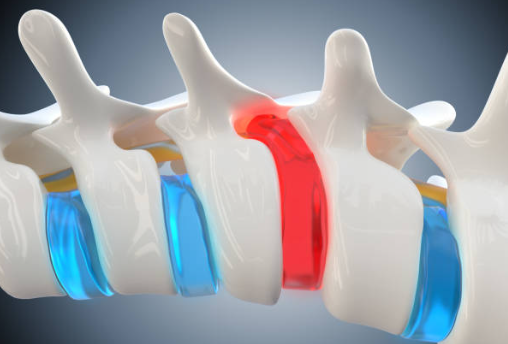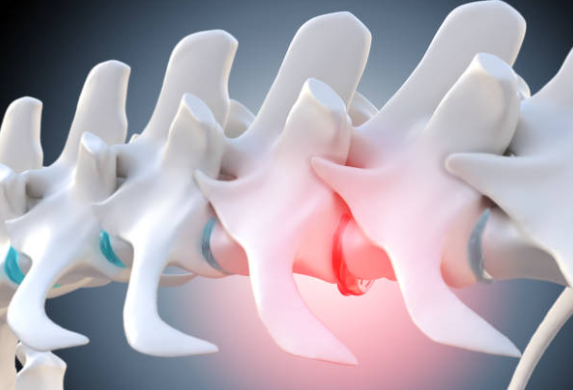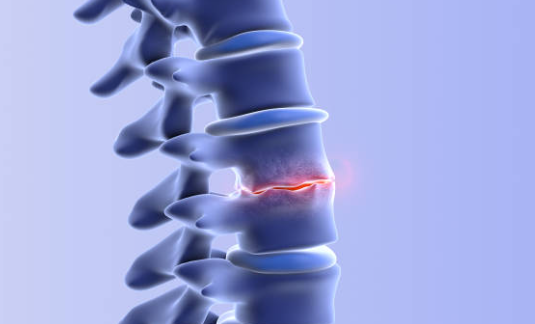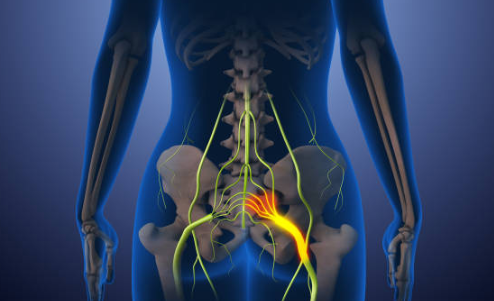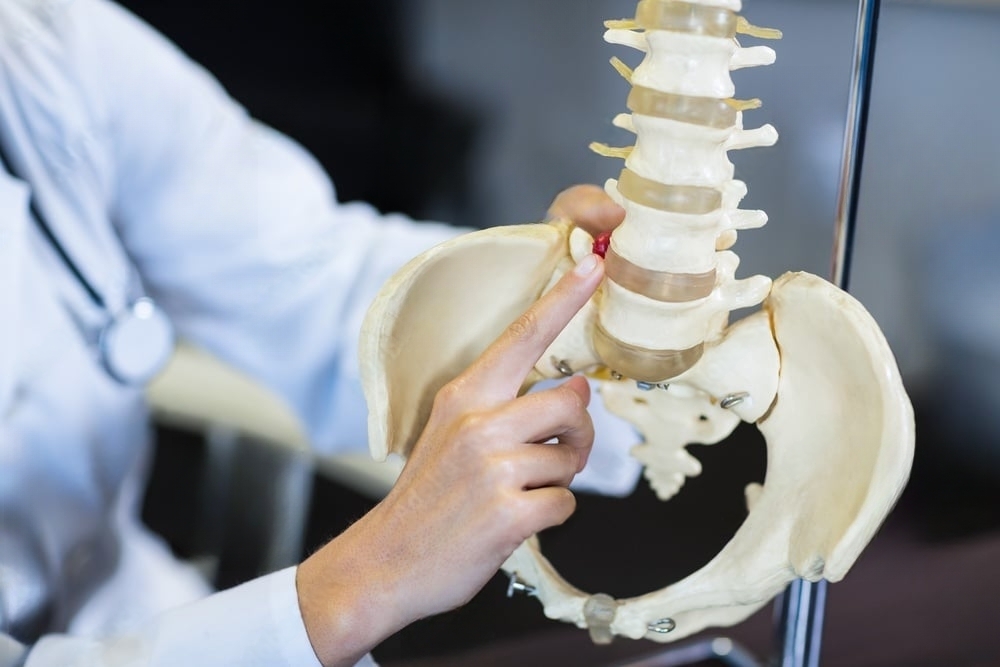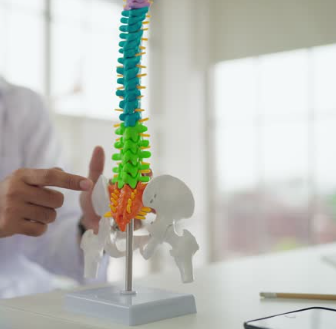Reclaim Your Life with the Precision andExpertise of NYC's Premier Spine Specialists
Where innovative technology meets compassionate care
425 East 79th Street, Suite 1H
New York, NY 10075
19 West 21st Street, Suite 801
New York, NY 10010
Precision & Expertise
Elite Surgical & Non-Surgical Spine Care
The New York Center for Spinal Disorders is committed to delivering unparalleled, state-of-the-art spine care treatments to our patients in the Tri-State area. Our philosophy centers on providing each patient with innovative and advanced treatments when medically appropriate. These pioneering approaches help us redefine the standards of spine care.
Reviews & Features












Meet Our Expert Physicians
Leaders in Innovative Spine Care

Nathaniel Tindel, MD
Board Certified Orthopedic Surgeon
Spine and Scoliosis Specialist
Learn more about Dr. Tindel
Neel P. Shah, MD
Board Certified Orthopedic Surgeon
Minimally Invasive Spine Surgery
Learn more about Dr. ShahCommon Conditions & Treatments
Comprehensive Spine Care Services
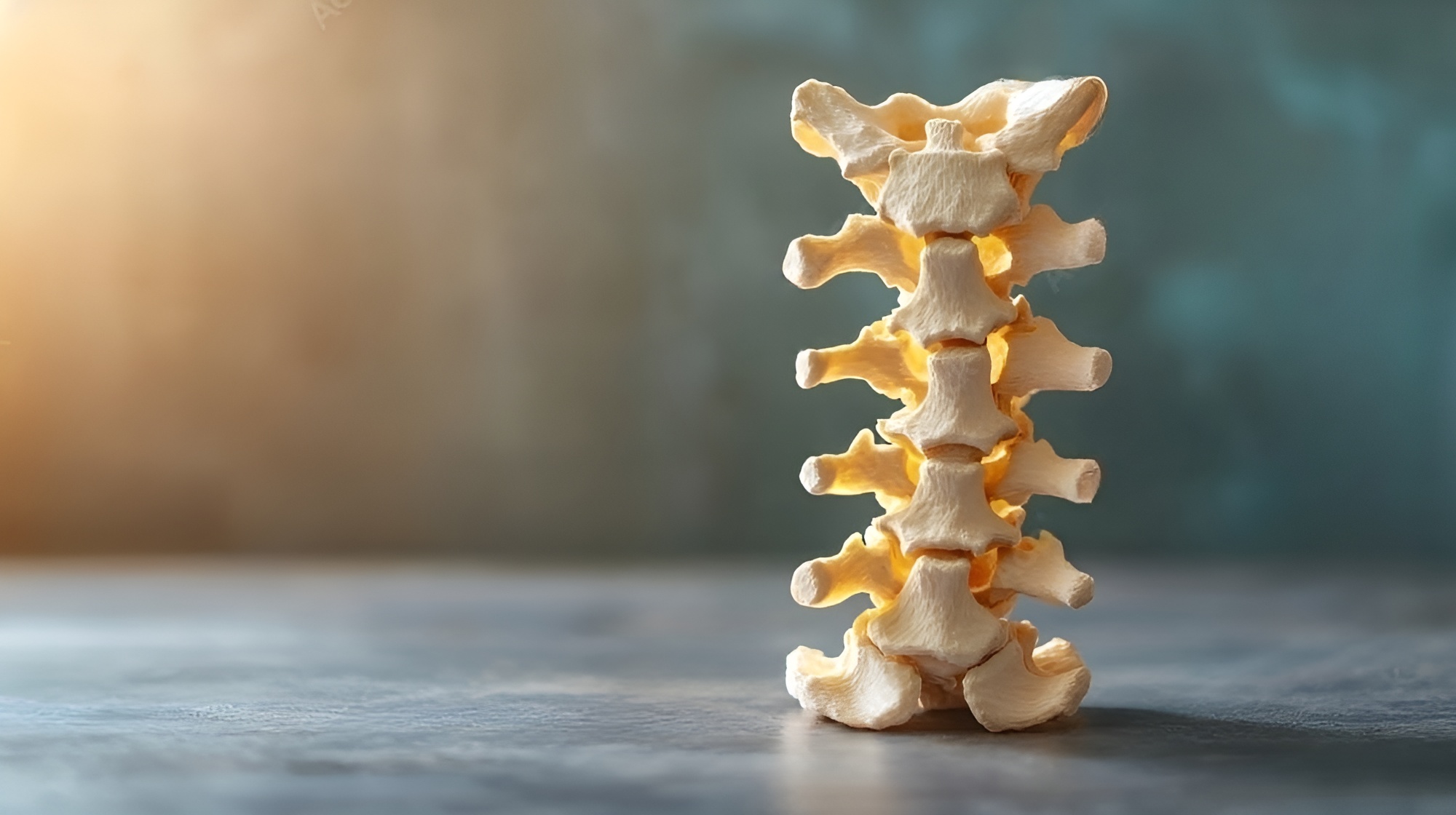
360° Life Impact
Your spine is the core of your mobility and well-being
Our personalized treatments help you rediscover a life without limits
Transform Your Life Through Motion
Every movement tells a story. Whether it's playing with your children, excelling in sports, or simply embracing each day with vitality – your spine plays a crucial role in life's most meaningful moments.
Setting the Standard in Spine Care
The New York Center for Spinal Disorders combines advanced technology with compassionate care to deliver exceptional outcomes

Advanced Treatment Methods
Utilizing cutting-edge technology and innovative techniques to provide the most effective spine care solutions.

Patient-First Philosophy
We prioritize non-surgical approaches when possible, ensuring each treatment plan is tailored to individual needs.

Excellence in Care
Our center maintains the highest standards in spine care, backed by years of successful patient outcomes.
Why Choose Our Center
Experience the difference of specialized spine care
State-of-the-Art Facilites
With our physicians, patients have access to the incredible facilities at both Lennox Hill and NYU.
Comprehensive Care
From initial consultation through treatment and recovery, we provide complete spine care under one roof.
Evidence-Based Approach
Our treatments are founded on proven medical research and continuous advancement in spine care.
